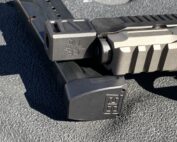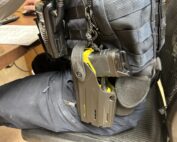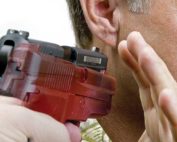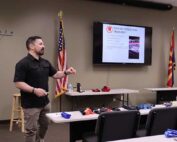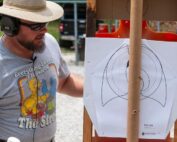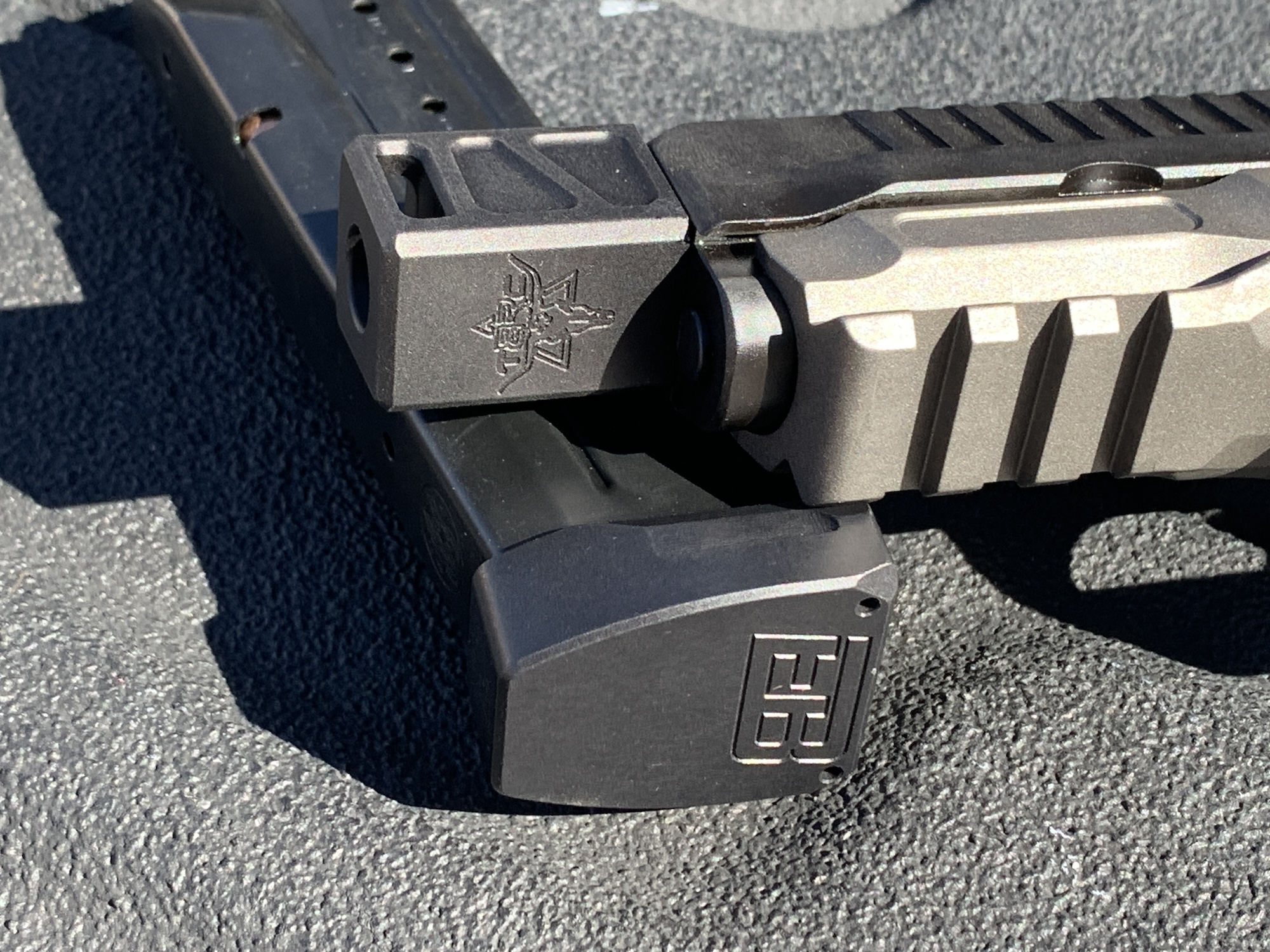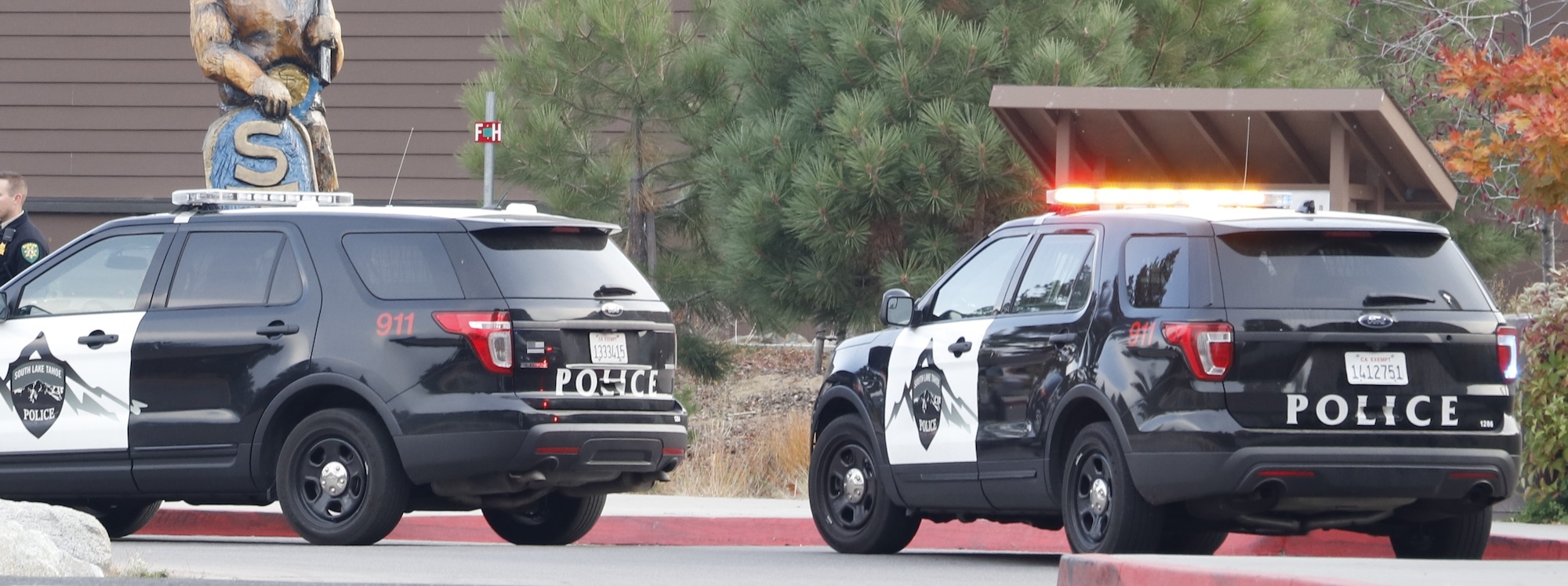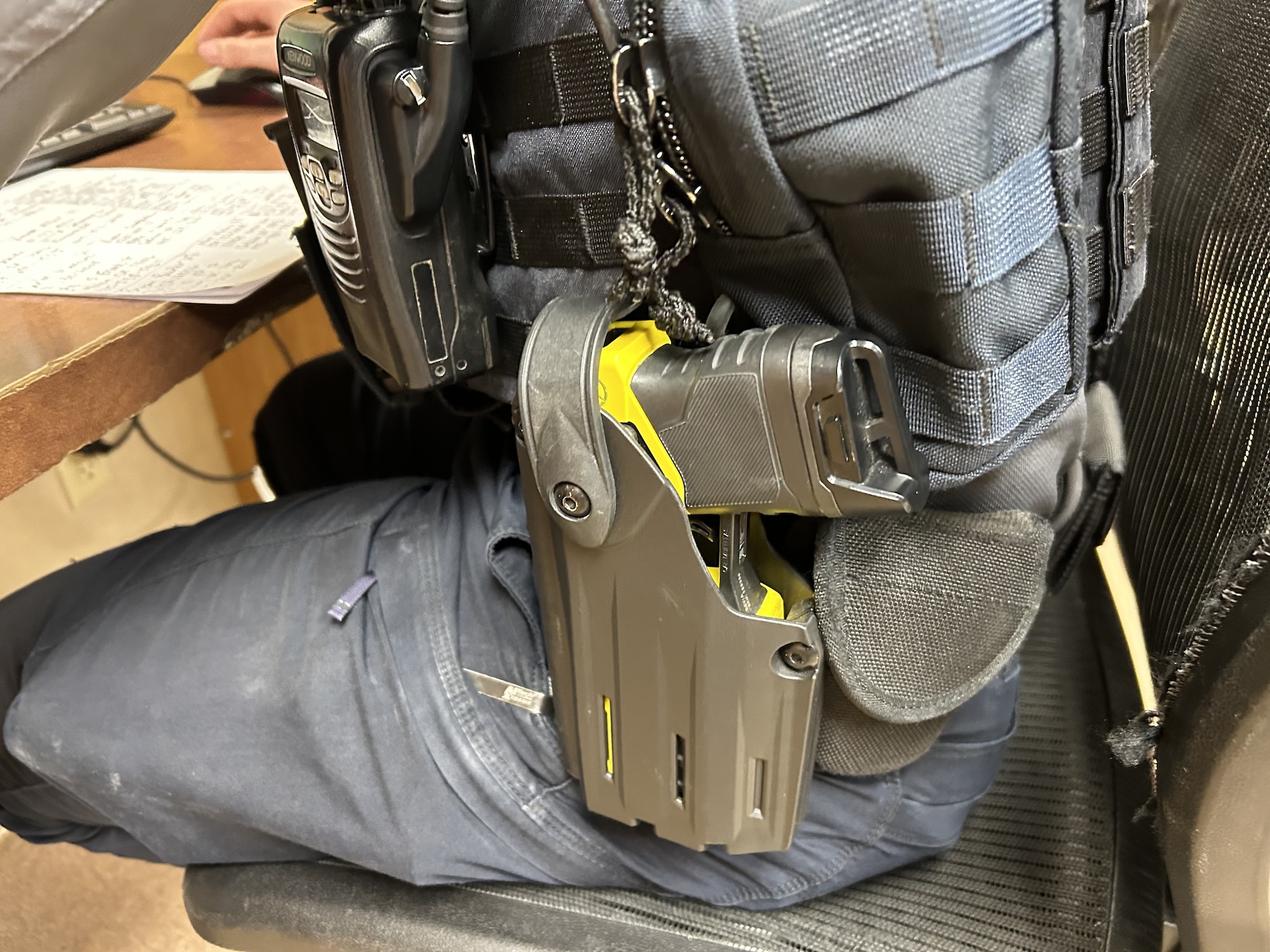
feature 08 2024, 15 42 38 (1)
You’ve probably seen videos of officers in stressful confrontations mistaking their pistols for their Taser (Electronic Control Weapon-ECW), causing them to shoot the suspect. There have been at least 18 incidents of weapon confusion in the U.S. between 2001 and 2021. Many of the officers involved were convicted and served prison time. Why did these incidents occur, and how can we avoid them in the future?
Back in my Day!
When the Taser X26 was first issued in the 2000s, it seemed obvious to many of us that, under stress, weapon confusion was a real possibility. Before any studies were conducted, it seemed obvious to many of us that carrying the support side and deploying with the support hand was good practice.
Studies
The 18 incidents mentioned above were studied by Force Science Institute and four independent researchers, who published a peer-reviewed article in Force Science Medicine and Pathology Journal. They concluded that these incidents were caused by errors of” slip” and “capture,” among others, e.g., intentional blindness, etc. The study is well worth the 40 bucks to download.
A quote from the study: When looking at Taser / Weapon confusion cases, it bears mentioning that Taser/Weapon confusion is an extremely low frequency, high consequence event. Still, it has been reported that these cases have occurred 18 times in the U.S. since 2001. We can observe in each of these cases that the officers drew the Taser with their dominant hand (the same hand an officer would routinely use to draw their firearm). This was the case even when the officers conducted a cross-draw.
A particularly disturbing case is reported in this article.
Quoting from that article: [Expert Witness Greg] Meyer was not permitted to mention in court that after [Officer]Mehserle’s shooting, BART changed its policy to require Taser placement and holster design that accommodates only a “weak-side, weak-hand” draw, which both Meyer and Lewinski consider the safest configuration. (“Even then, because of the powerful psychological factors often involved, there may still be weapons-confusion errors that result in unintentional shootings,” Lewinski cautions. “But this placement and design is highly likely to reduce the risk.”)
Moreover, Meyer testified that BART did not put officers through any dynamic, stress-inducing scenarios requiring force-options selection as part of their training for Taser use. He considers that essential for “truly testing an officer’s ability to be ready for stressful encounters on the street.” Lewinski fully concurs.
Laterality Error (Your Other Left)
We’ve all seen and probably experienced laterality errors (confusing right for left and vice versa). There are reports that surgeons amputate or operate on the wrong limb thousands of times per year. It’s common enough that some attorneys specialize in surgical lateral error litigation. Airline pilots with thousands of hours of training and flight time have steered their aircraft into mountains on more than one occasion. These are called laterality errors, and they happen to humans at all levels of education and training.
Weapon Retention and External Carriers
No method is perfect.
Everything has a downside. The primary downside to support-side deployment and carry is weapon retention. We train our cops to retain their pistols on their strong side pretty well, but I suspect very few organizations train ECW retention to an appropriate level. That obviously needs to be addressed, but is there really much difference in the lack of skill between retaining a Taser in a cross-draw support-side carry and support-side support hand carry? I don’t see it.
External Carrier Considerations
Another concern is how the Taser holster interacts with external carriers. Embarrassingly, I hadn’t considered this possibility. I interrupted some of our patrol cops while they were busy writing reports and doing real police work to inquire further.
They were gracious and explained their concerns. With a little holster angle adjustment, we resolved most of those concerns. Still, I failed to include the end user in the process, and that’s a failure I hope our leaders/readers will not repeat.
Training
I’ve heard some say using the support hand to deploy the Taser is contrary to Axon’s training. That’s categorically false. Axon takes no stand on this issue and only presents the pluses and minuses of each during instructor training. They do strongly recommend that the CEW be carried on the support side in either a cross draw or support-hand draw only. They stopped making policy/procedure recommendations long ago. Still, officers draw their firearms in training hundreds of times compared to a dozen or two with the Taser. We need to fix that.
Magic Electric Pistol
Tasers are great tools for law enforcement, especially the new Taser 10. Still, cops have become too dependent on what my friend, Chuck Haggard, calls “The Magic Electric Pistol.” The Taser is a tool, just like O.C. spray, batons, and empty-hand skills. One of the concerns I’ve heard with support-side deployment is that officers will not be skilled enough to draw their Taser quickly enough and will default to drawing their pistol due to the difference in repetitions between Taser training and pistol training. My question is: why does one need to draw a Taser quickly? If the Taser didn’t exist, would an officer automatically resort to deadly force rather than defending themselves with a baton or empty-hand skills?
18 of Them
In the timeframe these 18 incidents happened, there were over 4 million ECW deployments.
That seems like a pretty good ratio, but not to those 18 cops and their families. I’ve heard rumors there is a new case of weapon confusion where an officer was carrying on the support side with support-hand deployment and still drew their pistol and shot the suspect. Bad things will happen no matter what decisions we make in policy, procedures, and tactics. We ask law enforcement officers to perform a nearly impossible task. All we can do is endeavor to minimize the possibility of a tragedy.






